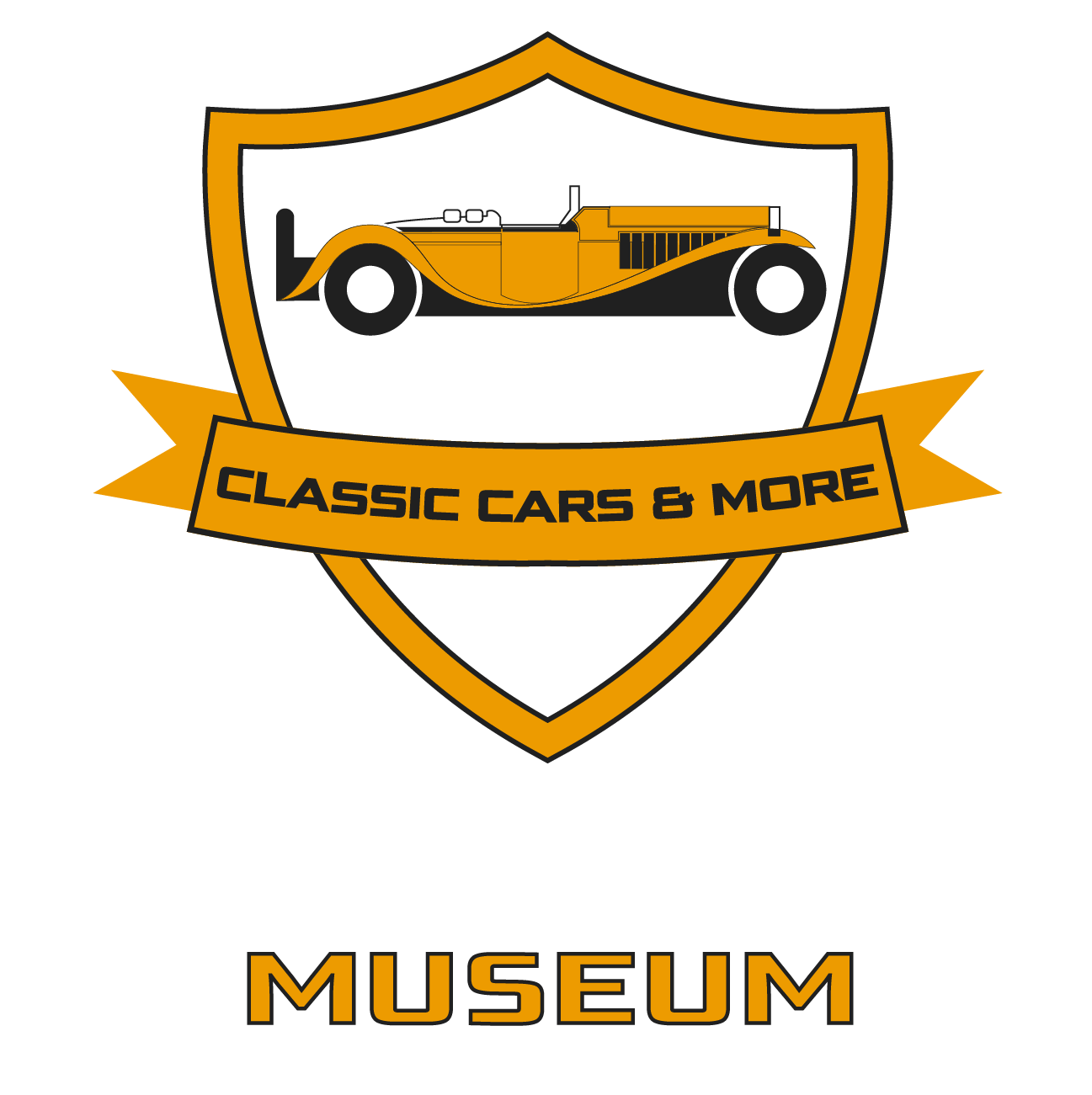365 DAILY NEWSLETTER
PIRINFARINA 2.
The previous episode ended with the agreement between Battista Farina and Enzo Ferrari, which was to be a defining moment in the lives of both companies for many years. Subsequently, Farina was involved in the design of the new Giulietta Spider for Alfa Romeo in the mid-1950s, which by the end of the decade had become a mass-produced model and enjoyed extraordinary success.
Between 1959 and 1960 he designed the bodywork for Cadillac. During the Brougham project, the car was first designed by Chuck Jordan and Dave Holls, GM’s big-name designers, Cadillac built everything outside the bodywork, and then the chassis, engine and transmission were shipped from Detroit to Turin, where the bodywork was hand-assembled at Carozzeria Pinin Farina. Then the cars were shipped back to Detroit and Cadillac launched the luxury Eldorado. It was considered a luxury because few cars in 1959 came standard with features such as Autronic Eye (the car fade its high beams if it detected another vehicle approaching from the front), E-Z-Eye glass (a special blue-green paint-treated glass, which filters out the sun’s rays and prevents the interior from heating up), cruise control, automatic boot opening, electric locks, dual-zone heating, air conditioning, polarised sun visor, electric aerial, electric parking brake, electric window.
The car was very expensive, costing the price of a new-build house (roughly $13,000), and although the target audience bought them all, the project ended with a huge loss, as the cost of shipping and assembly by Pinin Farina exceeded the profit, and production was stopped a year later.
Farina officially changed his name to “Battista Pininfarina” in 1961. In the same year, at his age of 68, he handed over his company to his son Sergio and his son-in-law. The two events were linked in that the business then took the name Pininfarina.
The last design in which he was involved was the 1600 Duetto for Alfa Romeo, which made its debut at the Geneva Motor Show in March 1966. He died less than a month later, on 3rd April.
From the mid-1960s onwards, Pininfarina continued on the path of modernisation. Opening a Study and Research Centre (1966) and a Computing and Design Centre (1970), and in 1972 a large wind tunnel was opened to study the interactions between the car and the air. The company was also responsible for the design of the Cadillac Allante, the Mitsubishi Pajero and the Volvo C70 before the 2000s.
In 2004, Battista Pininfarina was inducted into the Automotive Hall of Fame.
By 2008, the company had accumulated a huge amount of debt and was running at a huge loss. Eventually, the Mahindra Group, owner of the Indian car company Mahindra & Mahindra, agreed to buy the Italian car designer Pininfarina SpA for around €168 million in 2015. Paolo Pininfarina, the grandson of Battista Pininfarina, became the president of Pininfarina.
The 365 Oldtimer Museum currently has the following cars designed by Pininfarina in its collection:
Fiat 124 Sport Spider
Fiat 130 Coupe
Alfa Romeo GTV & Spider 916 series
Cadillac Series 62
Ferrari 360 Modena
Maserati Quattroporte V
It’s worth taking one look at these cars and stating the obvious: that Battista Pininfarina has launched not just a company, but a style movement.
Subscribe to our newsletter
Provide your e-mail address and click the button below to receive special deals and premium offers




